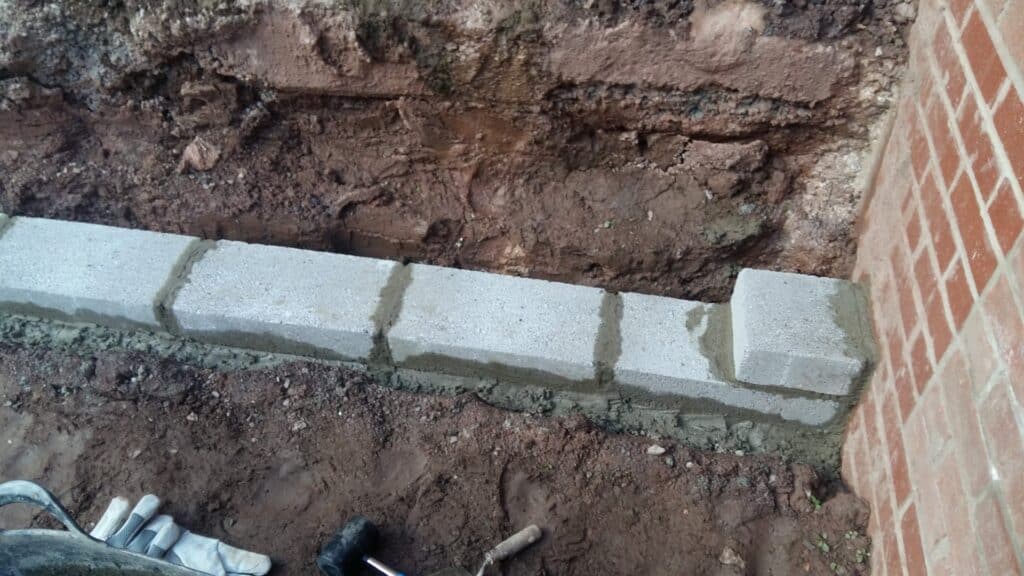When Does A Slope Need A Retaining Wall
When Does A Slope Need A Retaining Wall. The maximum slope for the soil you can safely go without a retaining wall is 35 degrees, especially if the soil is granular. Retaining walls are often found in places where extra support is needed to prevent the earth from moving downhill with erosion.

If the angle is steeper than 35 degrees, you need a retaining wall to keep the landscape in place. Will a retaining wall hold back. The walls must resist the lateral pressures generated by loose soils or, in some cases, water pressures.
Often Times These Are Just One Part Of A Water Management Solution.
The maximum slope for the soil you can safely go without a retaining wall is 35 degrees, especially if the soil is granular. You can slope soil at a maximum of about 35 degrees, if it is mostly granular soil. Erosion on a slope can compact an uphill foundation.
A Retaining Wall Is A Load Bearing Structure That Holds Back The Soil From Sliding Or Eroding.
Will a retaining wall hold back. This is especially important if the soil is granular. The lean should be minimum of 1:12 (1 inch per 12 inches of height) to ensure the load is evenly distributed to the wall.
While Soil Might Look Solid, There Are Forces And Pressures Working Both On It And In It All The Time.
A retaining wall is a structure designed and constructed to resist the lateral pressure of soil, when there is a desired change in ground elevation that exceeds the angle of repose of the soil. Retaining walls are often found in places where extra support is needed to prevent the earth from moving downhill with erosion. Can you build a retaining wall on a slope?
Yes, This Type Of Retaining Wall Allows You To Add Dirt And Level Off An Area.
Forces on retaining walls 6. What slope does a retaining wall require? E more steeper than natural slope, then one retaining wall is required.
They Can Also Prevent Dirt From Falling Down A Slope And Out From Under Your House.
How much of a slope requires a retaining wall? Eventually, this might start to expose your home’s foundation, or dig deep water channels into your yard. Any steeper and you need a retaining wall of some sort to keep the soil in place.
Comments
Post a Comment